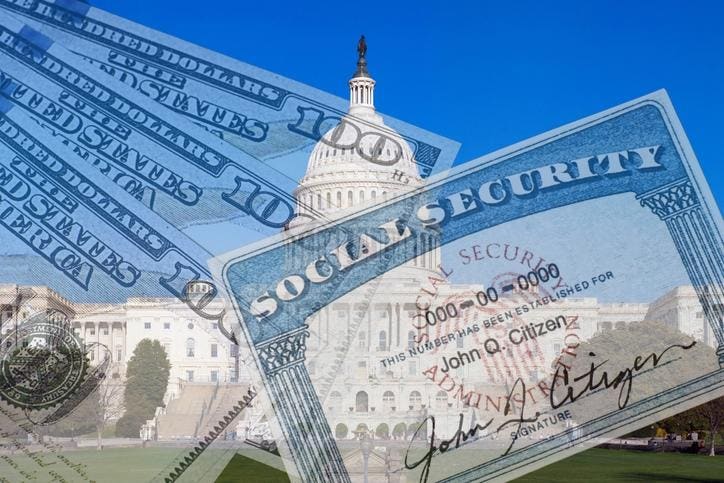For decades, Americans have been told that Social Security is teetering on the brink. Warnings about a looming mismatch between the program’s revenues and expenses have become part of the Social Security narrative. As a result, it seems like the system is in constant need of reform.
It’s a compelling story, but it’s not the full picture.
To be clear, some concerns are grounded in reality. Yes, people are living longer. Yes, we’re having fewer children. These demographic shifts naturally strain any retirement system, and they’re not unique to the United States. Countries around the world are grappling with similar pressures.
But here’s the part we often overlook: Social Security has delivered four decades of predictable and stable costs and benefits. This is a remarkable achievement in a constantly evolving economy. Our Social Security contribution rates today are based on calculations that shaped the 1983 reforms.
That kind of consistency is rare in financial matters. Consider what the world looked like in 1983. The Berlin Wall would stand for another six years. Americans flocked to theaters to see Return of the Jedi and Flashdance. Personal computers were in their infancy. I was pestering my parents for an Atari game console. And, a gallon of gas was 96 cents. Times have changed – but we continue funding Social Security based on the financial projections done at that time.
In contrast, consider how much healthcare costs have increased since 1983.
Before those 1983 reforms, Social Security contribution rates increased more frequently after Congress passed 17 rate increases between 1950 and 1983. At the core of the 1983 reforms was a mandate to stabilize the system for the next 75 years. The actuaries at Social Security were handed an enormous challenge: calculate the contribution rates needed from workers and employers to keep the program balanced for decades into the future.
That meant making projections about an entire generation’s worth of economic and demographic change. How long would people live? How many children would be born? How much immigration would there be? How fast would wages grow? And, how much of the nation’s income would remain under the payroll tax cap?
In hindsight, they got almost all of it right. The one miss? The rapid increase of inequality beginning in the 1980s. Back then, about 90 percent of all wages were subject to Social Security payroll taxes. Today, that’s dropped to around 82.6 percent as more income has shifted above the taxable maximum. That was not an unreasonable oversight—it was a largely unforeseen transformation in how income is distributed in America.
So, let’s give credit where it’s due. The Social Security Administration did not fail us. Their projections produced stable costs for a vital program that are projected to be adequate through 2033, a full 50 years after the math was done.
So, why all the constant doom and gloom? Well, the economic changes that took place beginning in the 1980s knocked us a bit off course. But, the SSA has been telling us about this shortfall since 1990 and policymakers just haven’t acted.
Which brings us to the heart of the issue: this is not a crisis of complexity. It’s an easily solvable math problem (at least for the folks at SSA). Over time, benefits and revenues need to line up. That’s it. The adjustments needed to close the gap are not draconian and the issue really isn’t partisan among voters. In fact, Americans are pretty united on a possible solution.
Waiting, however, raises the cost of any solution.
Let’s also take a moment to appreciate the extraordinary work done by Social Security’s analysts, actuaries, and researchers. The data they generate—meticulously, transparently, and publicly—is the foundation for any serious policy solution.
So yes, it’s time. Just fix it already. The program doesn’t need reinvention. It needs political will, a bit of courage, and a basic respect for math. And maybe, a little more appreciation for the quiet success story that Social Security has provided us since 1983. The elected officials who solve this challenge certainly will put a positive stamp on history and bolster the economic security of older Americans.
Read the full article here




